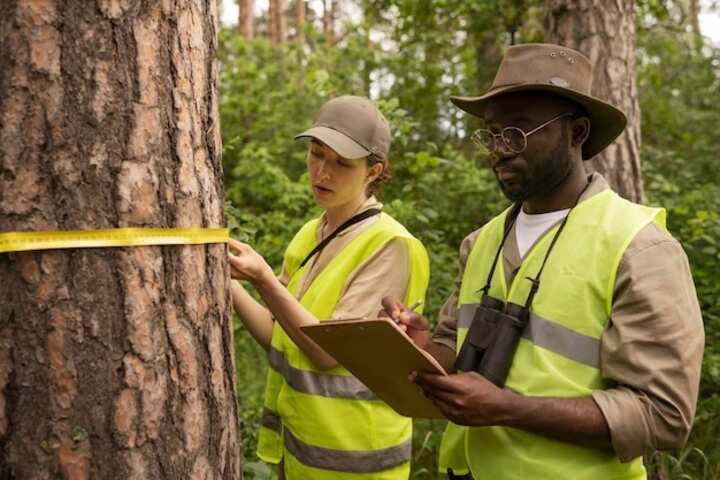
Professional Wildlife Management Services in Kansas City You Can Rely On
In the bustling heart of the United States, Kansas City stands out not only for its cultural landmarks and vibrant culinary scene but also for the intricate natural ecosystems surrounding it. Managing wildlife in such regions is crucial, balancing human expansion with the preservation of biodiversity. Wildlife management services play an essential role in maintaining this balance, ensuring both human welfare and ecological health. Through a combination of expertise, authority, and trustworthiness, these services strive to address a wide array of wildlife-related challenges.
Understanding the Importance of Wildlife Management in Kansas City
The Great Plains, of which Kansas City is a significant part, houses diverse wildlife. As urban expansion continues, conflicts between humans and wildlife have become more prevalent. These conflicts can range from property damage caused by larger mammals to health hazards linked with pest infestations. Professional wildlife management services are pivotal in addressing these issues, employing strategies that align with both housing developments and wildlife conservation efforts.Ecosystem Balance and Biodiversity
Wildlife management services emphasize fostering an ecological balance. A stable ecosystem in Kansas City supports not only the flora and fauna but also enriches human life — both economically and recreationally. It is estimated that areas with diverse species contribute significantly to ecological productivity and resilience.Wildlife-Related Challenges in Urban Areas
The urban sprawl in Kansas City has led to several wildlife-related challenges:| Challenge | Impact |
|---|---|
| Habitat Destruction | Loss of native species and ecosystem imbalance |
| Human-Wildlife Conflicts | Increased encounters with animals, posing risks to public safety |
| Spread of Diseases | Health risks from diseases transmitted from wildlife to humans |
Effective Strategies Employed in Wildlife Management
The key strategies employed by wildlife management services in Kansas City include:- Observation and Monitoring: Regular surveys and data collection to track wildlife patterns and health.
- Integrated Pest Management (IPM): Use of environmentally sensitive approaches to manage wildlife-related pests.
- Conservation Efforts: Initiatives aimed at habitat conservation and the protection of native species.
- Public Education: Raising awareness about coexisting with local wildlife and reducing conflicts.
Role of Technology in Modern Wildlife Management
Advanced technology plays a crucial role in enhancing wildlife management services:- Drones for aerial surveys and monitoring wildlife movements and habitat conditions.
- Use of Geographic Information Systems (GIS) for mapping animal territories and human-wildlife interaction zones.
- Development of applications that help the public report wildlife sightings or concerns, enabling quicker response times.
Community Involvement and Collaboration
Effective wildlife management is a collaborative effort involving local communities, governmental bodies, and environmental organizations. Community involvement ensures broader support and successful implementation of various initiatives. Kansas City's authorities consistently work alongside environmentalists to enhance local biodiversity through community gardens, public parks, and green belts.Government Legislation and Wildlife Management
Effective wildlife management strategies align with federal and state laws. In Kansas City, specific rules govern animal protection, habitat conservation, and management practices. Ensuring compliance with these regulations not only avoids legal issues but also contributes significantly to conservation efforts.Economic Considerations of Wildlife Management
The economic impacts of wildlife management are multifaceted. On one hand, wildlife preservation attracts tourism, benefitting the local economy. Conversely, poorly managed interactions can lead to economic losses due to property damage or public health issues. Professional services help mitigate these economic risks by preventing costly encounters and fostering sustainable interaction between nature and human activities.Opportunities for Professional Wildlife Management Services
The constant evolution and growth rates present abundant opportunities:- Enhanced eco-tourism can leverage Kansas City’s natural landscapes and wildlife diversity.
- Stronger public and private partnerships can lead to innovative conservation projects.
- Educational programs on wildlife conservation can lead to increased public engagement and support.
Challenges Faced by Wildlife Management Services
Despite opportunities, several challenges persist:- Urbanization leading to habitat fragmentation remains a pressing concern.
- Budget constraints can limit the scope of management projects.
- Climate change affects wildlife directly, altering habitat conditions and migration patterns.